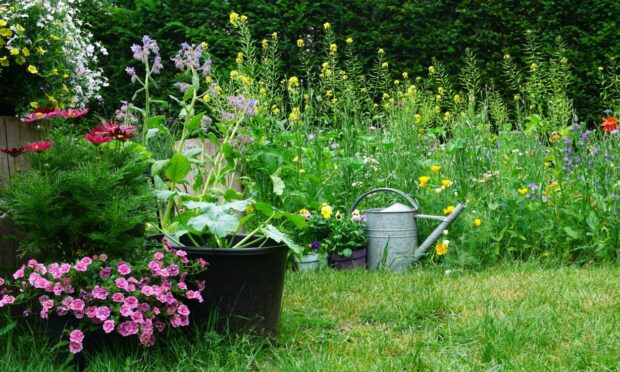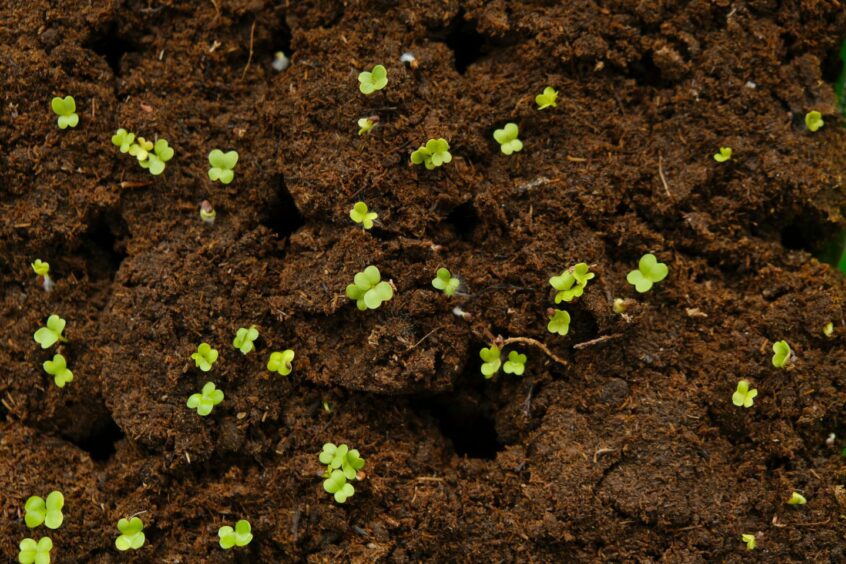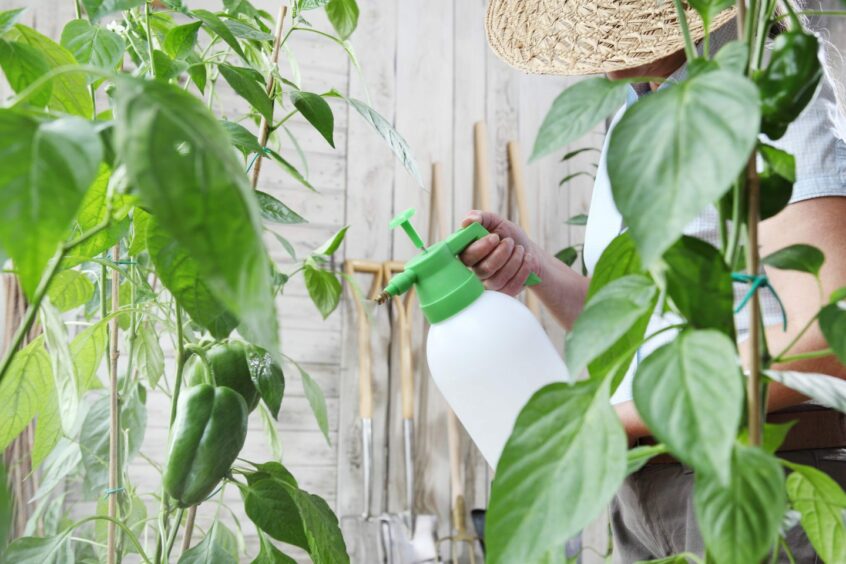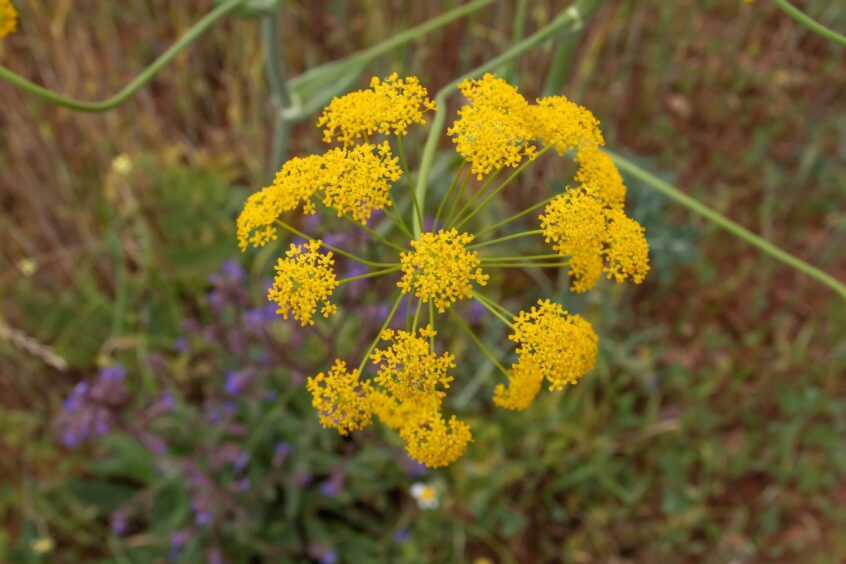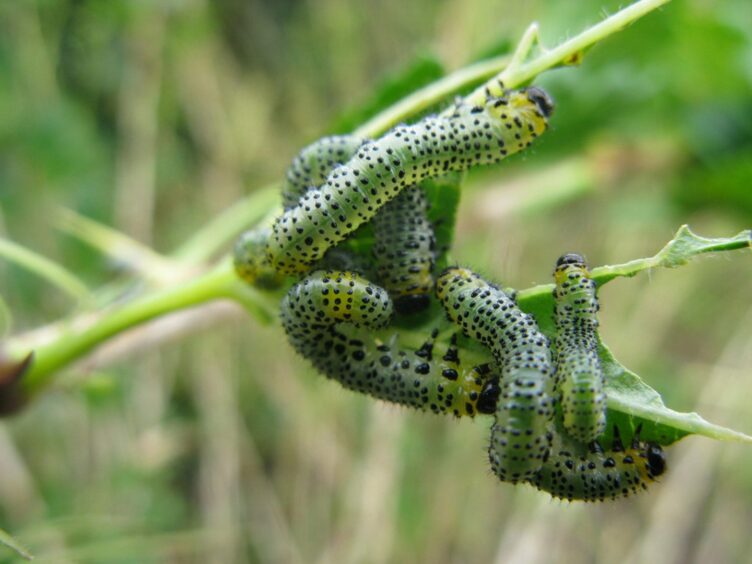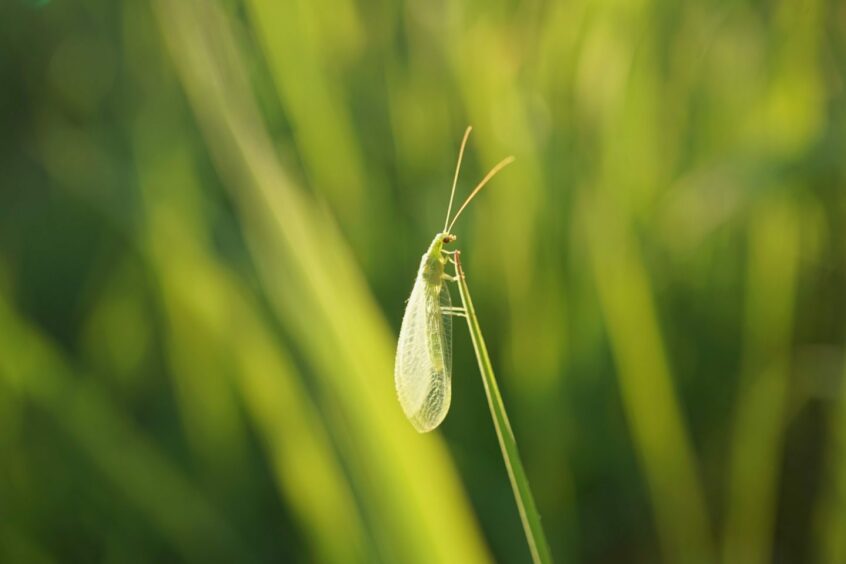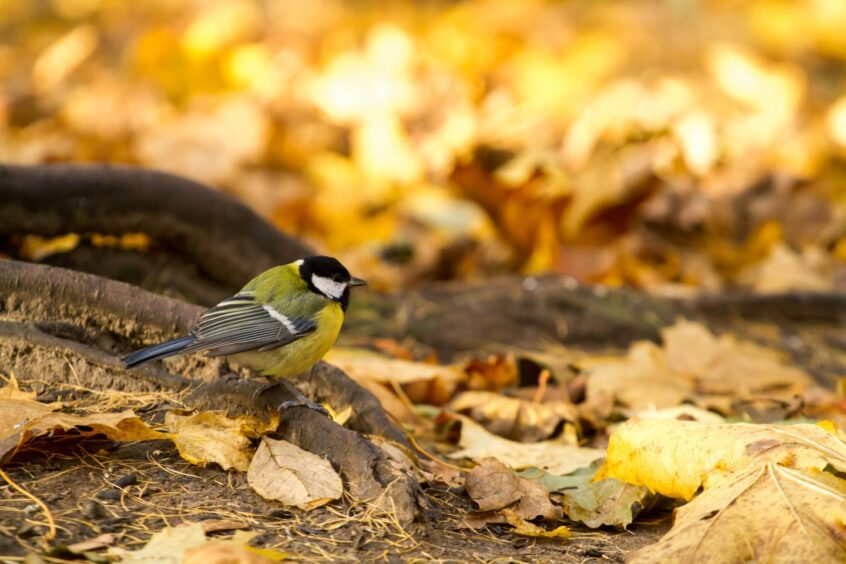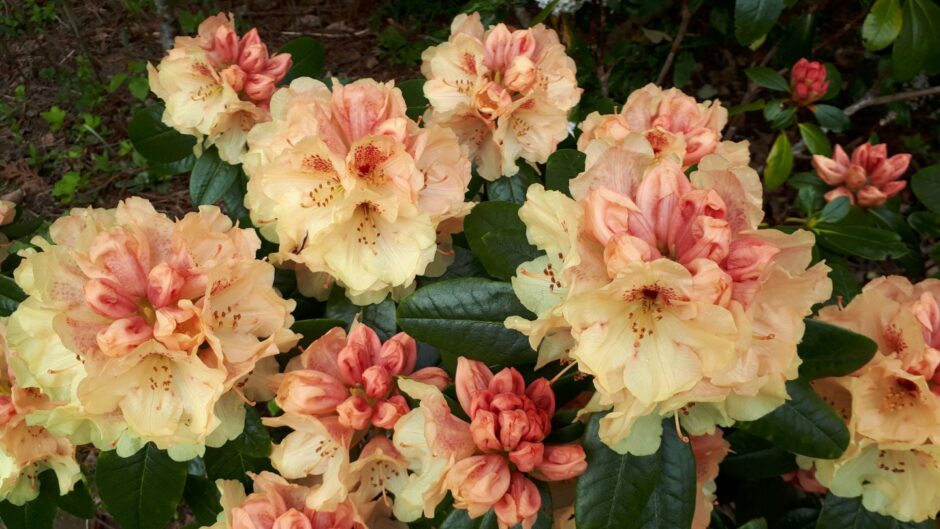As time marches on, with climate change influencing much of what happens in the natural world, and specifically whether it be in agriculture, forestry or horticulture, we need to be prepared to adapt our ways.
The classic example within horticulture of course is the problems associated with the use of peat.
We have to change our ways as it is finally banned and as we come into the growing season there is another challenge facing us – the use of chemicals to control plant pests and diseases.
I have to confess that from time to time I still use chemical pesticides in the garden, but not nearly as much as I would have 25 years ago.
I am happy “to live and let live” up to a point, but when I see gooseberry leaves being devoured by sawfly caterpillars, fire brigade measures are applied.
What we do have to realise about the use of some pesticides, especially those that are non-discriminatory, is that insecticides kill beneficial insects as well as pests.
There is an argument that when the effect of the treatment wears off, the pest organisms may return much more quickly than the beneficial insects, because they breed faster.
I have no proof of that, but thinking of how virulent some of them can be, I wouldn’t be surprised if that is true.
Cabbage root fly
Let me give you a well-documented example of what happens, and it concerns cabbage root fly.
It is known that ground beetles feed on eggs and larvae of this pest, so healthy populations of the beetles help to keep damage to a level that can be tolerated.
Resistance
But when we started to use persistent pesticides, of the type worked into the soil, the following situation arose: the beneficial and harmless beetles were sensitive to the chemicals, so their numbers fell and were slow to recover.
As a result, the root fly came back, and in the absences of the natural predator, more eggs survived.
This led to more damage and the need to increase the pesticide usage. But, the fast-breeding root fly developed resistance to the pesticide, so stronger doses of the chemicals had to be used.
Complete reliance on chemicals
Now there was no chance of the natural predators coming back.
The outcome was a complete reliance on chemicals and a greater root fly problem than ever.
A sad tale, for sure, so in general terms, we should try to encourage beneficial insects by gardening without chemical pesticides.
If you have to spray, use organic materials like horticultural soap to control insect pests.
In some instances, traps can be quite successful. The same logic applies to disease problems.
That said, in a number of instances, the plant breeders have been able to introduce varieties that are resistant to disease and the well-known natural chemical, sulphur, is an acceptable and effective fungicide.
Another ploy is to grow plants in the garden which encourage beneficial insects, for example, parasitic wasps feed solely on nectar and then lay their eggs in or on insect pests whose bodies become the food for their larvae.
The larvae of hoverflies and lacewings feed on aphids, but the adults need to feed on pollen and/or nectar for successful egg production which leads on to suitable plants to act as bait to attract the hoverflies.
Two plant families are particular favourites: Umbellifers (includes angelica, fennel, dog’s flourish, chervil) and Compositae (anything with a daisy-like flower).
Varieties which produce single flowers are easier for the beneficial insects to get to the nectar.
Actually, some double flowers don’t have any nectar, because they are sterile. A little bit of perversity can work rather well if you provide a few plants that the pest organism likes.
Then the beneficial insects are attracted because there is food for them, for example growing a few nettles for the aphids.
As a matter of interest, as many as 100 species of insect regularly occur on stinging nettles. Not a lot of people know that.
Using groundcover plants and/or mulching, provides cover for soil-inhabiting beneficial insects like beetles, centipedes and the like and some people simply choose to be less tidy by leaving some plant debris lying about the garden to provide nesting sites for the goodies.
In my book these same residences could also be occupied by baddies like vine weevil and slugs to name but two.
I’m not too keen to sign up to this one but it is an option.
Plant of the week
My plant of the week has to be a wee Rhododendron ‘Goldprinz’ catching our attention at the front of the shrub border which faces east and is well sheltered from the north and west.
It comes in to my “wee stoater” class; now 10 years old, it is barely a metre high.
